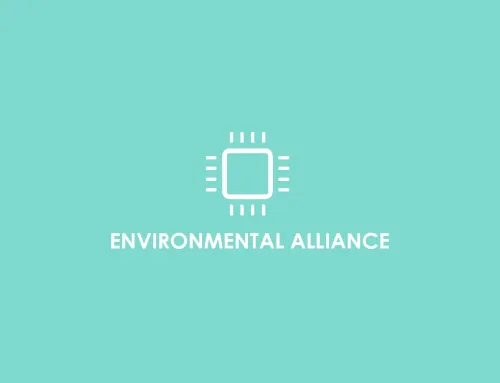Bling is not necessarily the thing!
“Let’s bolt on some PV or, even better get one of those heat pumps, that should do the job!”
Reasons to Improve a building’s environmental performance are many and varied – drivers can include energy prices, supply chain demands, legislation or a belief in doing the ‘right thing’. As such, a one-size-fits-all approach is destined to fail.
When it comes to adopting a more considered approach to sustainability, bling is not necessarily the thing. We recognise that a building’s performance is influenced by many issues including use, operation and management and that there are a range of interrelated factors at work that require a tailored solution.
Companies typically encounter barriers when considering environmental improvements – most notably, in relation to uncertainty around the advice they are provided from within an energy and consultancy sector which is largely unregulated.
At Edge Efficiency, we start with the building.
Reducing the Energy Demands of your Building
Considering building fabric separately from building operation is critical, as by adopting a fabric-first approach to efficiency and reducing demand at source the cost of any systemic improvements can be greatly reduced. This approach offers immediate potential to:
- Save money
- Enhance stakeholder engagement and business reputation
- Improved environments and productivity
- Increase in the value of your building
- Reduce the cost of finance
A building’s heat can only be lost via walls, roofs, floor, windows and doors with the rate of loss dependent upon air temperature, airtightness and the thermal characteristics of the fabric (e.g. draughts)
Influencing factors include orientation, form and layout, materials, build quality, operation, maintenance etc.
Why it matters!
- 1/3 of bank assets are locked into property – bad energy performance is a risk.
- ‘Green Value’ – a price premium is often associated with more sustainable properties
- Brown Discount – the reduction of a properties market value due to bad performance
Our advice to clients is to establish a clear Environmental Brief, and to engage early in the process with an independent organisation that does not have a vested interest in a particular outcome. Above all, clients should seek to integrate expertise from different disciplines, rather than fight against environmental improvements. In our experience, these will not be delivered if they are perceived to be difficult, time consuming or lacking in long term benefit.
Its more than just the floors, walls and ceilings
To get the most out of a programme of improvement it is worth focusing on the wider influencing factors:
Understanding construction is a good start, but now bringing operation into the conversation can have significant benefit:
- Building ownership
- Building management
- Condition
- Configuration
- Legislation
- Building age
- Building activity
- Occupation levels
- Business hours
- Functionality and ergonomics
- Performance and product
- Investment parameters
- Zoning
- (M&E) – pipes and wires
- Education
Enhanced Knowledge Base
We would recommend that businesses improve the knowledge of their estate by not just knowing how much is being spent on energy globally, but where it is being spent and how. The focus then is simply to use as little as possible. But be demanding and don’t settle for generic solutions:
- Expect to be treated as an individual
- Avoid professional arrogance
- Undertake an environmental analysis covering energy, buildings and operation
- Look to optimise your asset value as well as your product
You don’t run your business without planning and forecasting and you don’t run your car without it being serviced and fit for purpose….so why chance it with your primary asset!
John N. Pickup B(Arch), RIBA, ARB, RIBA Client Design Adviser
Director EDGE Efficiency and MAD Yorkshire’s Environmental Solutions Expert




